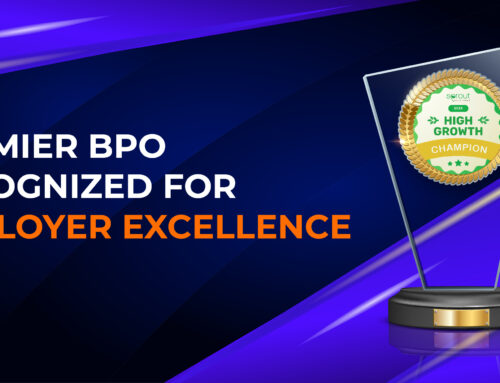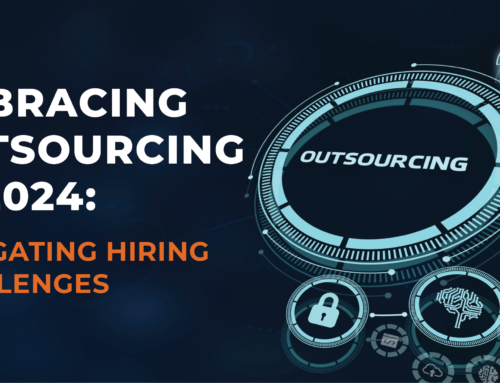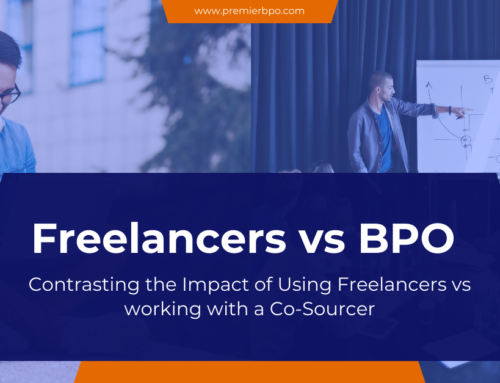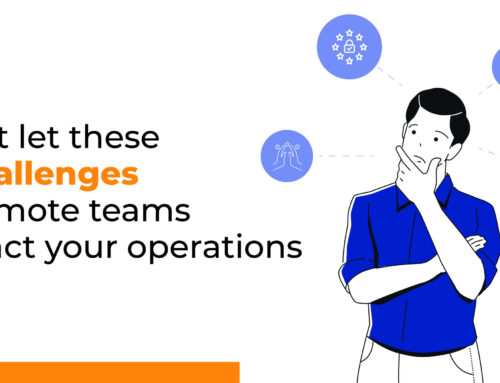Balancing work-life in Covid-19 has taken an immense toll on both organizations and individuals. People realized they no longer wanted to continue a job where they experience burnout at work.
What is Employee Burnout?
Defined by WHO as exhaustion from not being able to manage stress at the workplace, constant negativity towards your job, or feeling lack of accomplishment; burnout is the main reason why so many people are voluntarily quitting their jobs.
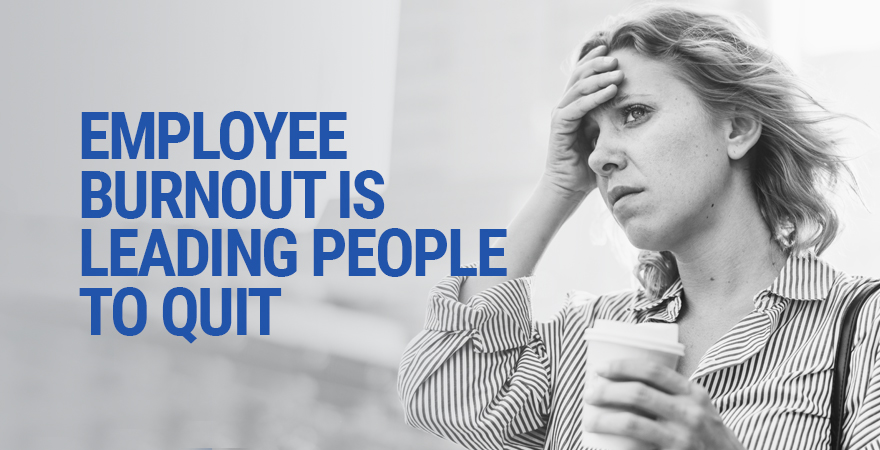
92% workers decided to switch jobs for more fulfilling, contributive roles – Indeed survey
Work from home schedules brought certain freedom into everyday life. Now it seems, people are unwilling to return to work full time, especially since priorities have shifted. The question is, with your existing personnel already overburdened in this Great Resignation, how do you keep the ones left behind from leaving?
Burnout Was Predictable and Only Accelerated by the Pandemic
Even before Covid-19 caused mass epiphanies that made people reshuffle careers as predicted by Anthony Klotz; nearly 50% of employees stated that they were already feeling burned out (McKinsey Survey). Also expressing that they wanted to feel more included at work and have better communication; a flexible work model was already in mind for the labor force and in demand as early as 2019.
48% of the American workforce is actively looking to switch careers due to discontent – Gallup survey
As a result of the pandemic, people became overworked trying to manage children, health, and home life in addition to the office. It was not only gray collar workers but upper-level management too, that was badly affected by employee burnout. A recent Deloitte survey shows that workplace stress has no bounds and may affect at all levels in different circumstances.
How to Address Workforce Burnout?
Today with nearly two-thirds of employees stating that burnout has worsened in the pandemic, leaders and entire organizations, have to take pre-emptive action to keep their workforce happy. This includes prioritizing mental health, more vacation time, flexible schedules, higher pay, more insurance and health coverage, and a more transparent and open working environment; among others. These measures also include skills training to fill in the right roles and keep up with the constantly changing global demands.
Burnout is not just about the workplace or workload; it’s about the culture, the people, inclusion, opportunity to excel and contribute, effective management and so much more. Leaders today need to do a better job of understanding their employees and communicating openly and effectively if they want their business to continue functioning and growing.
Co-Source to Avoid Burnout
It is not possible for every organization to monetarily manage the excess load of hiring in-house while providing additional compensation to existing workers. If your employees are exhausted covering extra shifts, and you can’t find suitable talent to hire, then consider getting some additional help.
A Co-sourcer can remedy burnout with external hiring and not take a gigantic toll on your wallet. They will not only aid you in retaining your internal resources but also bridge the gap created by skill loss in the current labor shortage. A co-sourcing partner like Premier BPO can help you find the right candidates that work in your time zone and adapt to your unique processes and business model.
Learn more: How to Co-source Successfully in the Pandemic
 Skip to content
Skip to content

